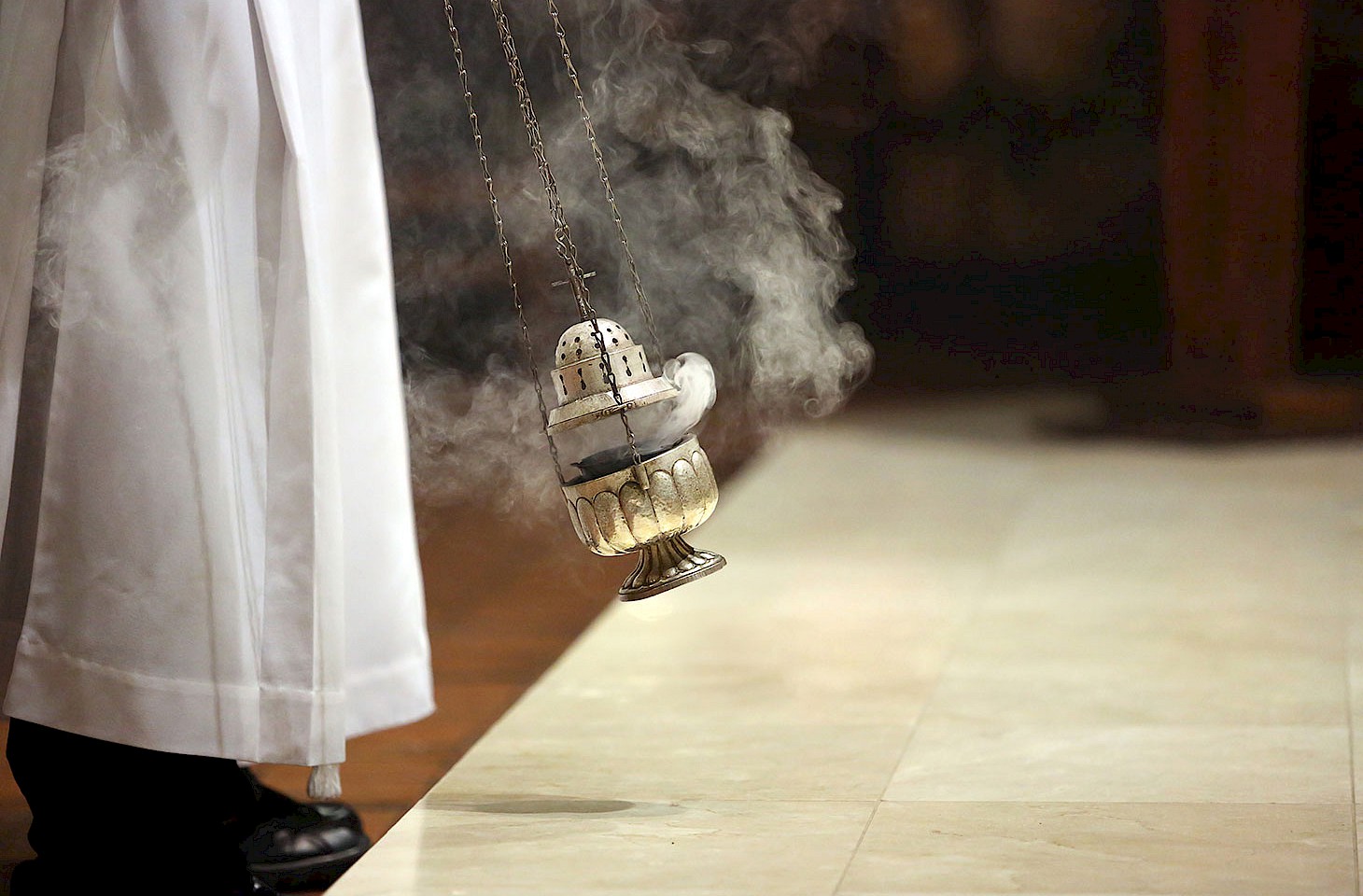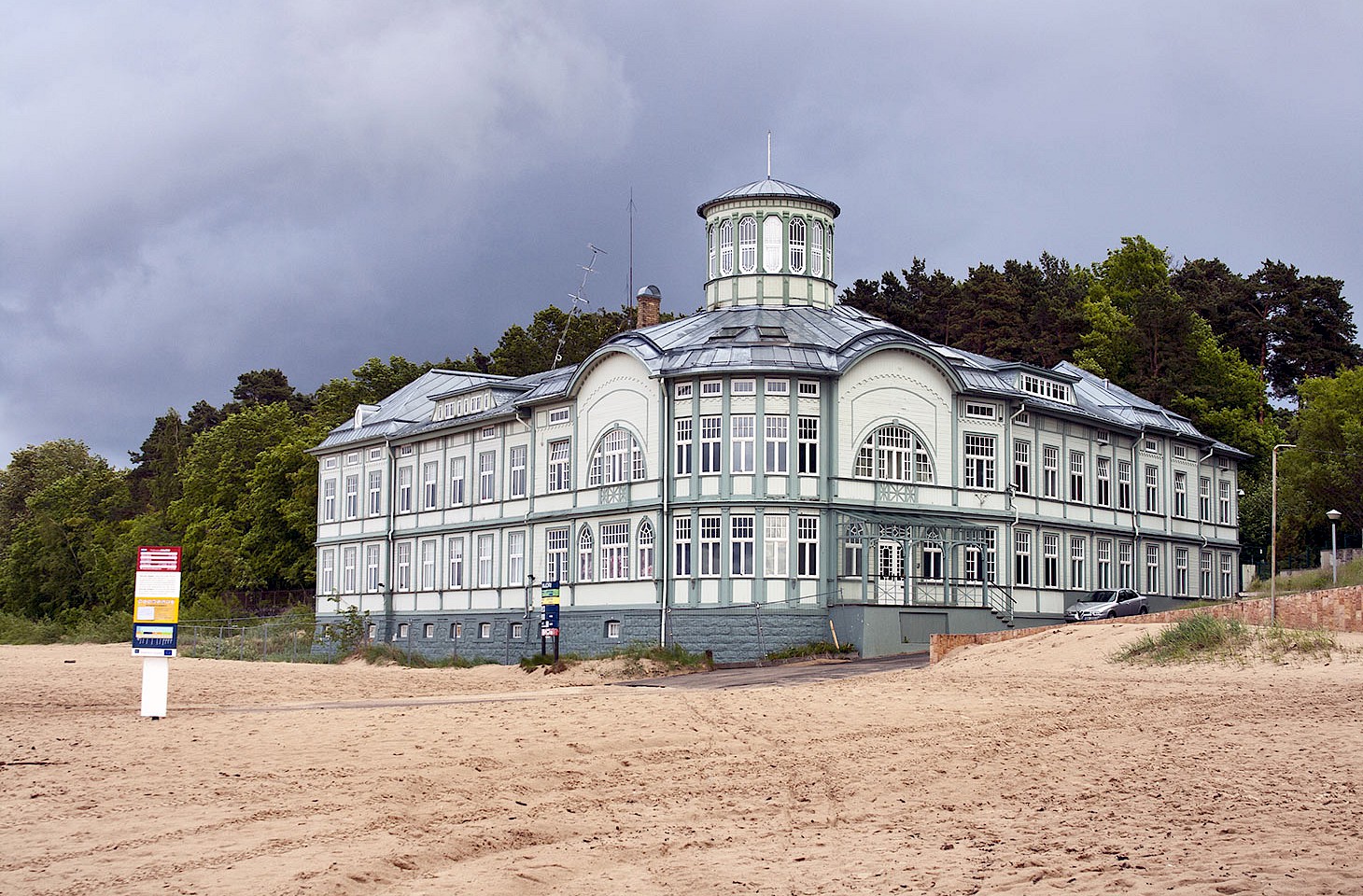It is the untold stories about places that are often the most interesting. The small town of Weimar certainly pulls the tourist crowds, and the magnets are mainly men. Goethe and Schiller do a double act on the piazza by the German National Theatre.
Visitors come and go, many stopping to photograph the two local heroes posing theatrically on their shared plinth. Schiller and Goethe, Goethe and Schiller. These are the key ingredients of the lead story on Weimar. Germany’s self-styled cultural elite love it.
Just along the road, local kids shuffle into a nearby cinema to watch Fack ju Göhte, a lighttouch comedy which shows no reverence at all for Germany’s most esteemed writer. Turkish- German film director Bora Dağtekin certainly knows how to mock Hochkultur.
Weimar mainstreams on big names. Some, like Schiller and Goethe, were accepted into the town’s cultural elite. Both died peacefully in the city on the River Ilm in eastern Germany — although for Schiller, death from tuberculosis in Weimar at the age of 45 was certainly premature. Goethe had the good fortune to live to be an octogenarian.
Other movers and shakers who settled in Weimar have had a more troubled relationship with the city. Bach was imprisoned for a month and then run out of town. Fortunately he already had another job at the court of Anhalt-Köthen, where he stayed for five years before moving on to Leipzig — much to the enduring benefit of the city in Saxony which now exploits Johann Sebastian Bach as a key asset in attracting tourists.
Weimar’s difficult relationship with Johann Sebastian does nothing to stop the city from playing the Bach card too. This month, Weimar commemorates the birth of composer Carl Philipp Emanuel Bach — the second son of Johann Sebastian, born in Weimar on 8 March 1714.
With JS Bach, Weimar’s city fathers merely had to dispense with a troublesome individual. Fast forward two centuries from Bach and conservative Weimar found itself having to deal with an entire movement of troublemakers — a talented group of architects, artists and designers who took a very different view of the world from Weimar’s cultural elite. The Bauhaus was nudged out of Weimar in 1925, when Walter Gropius and his entire team moved to Dessau where the political mood was more sympathetic to the avant-garde. When the Bauhaus team retreated from Weimar, they left just a lone piece of Bauhaus architecture in the city — the minimalist Haus am Horn on the eastern edge of Ilm Park. The lack of any substantial architectural legacy has not stopped Weimar assertively styling itself as a Bauhaus city. Those keen to trace the Bauhaus trail will find much more in Dessau or Berlin — but Weimar muscled in on the UNESCO World Heritage Bauhaus listing which includes both Dessau and Weimar in the citation.
The ousting of the Bauhaus might have marked the death of the avant-garde in Weimar, but good ideas have a knack of resurrecting themselves.



